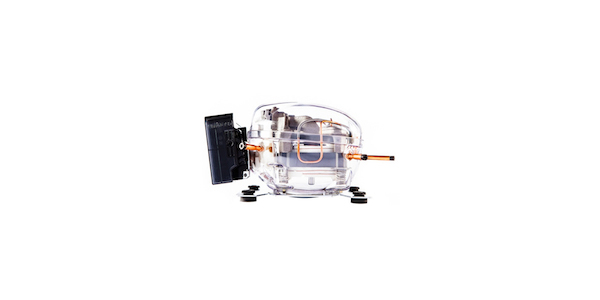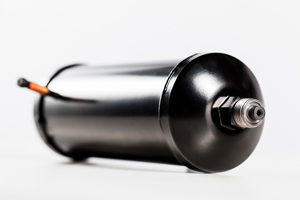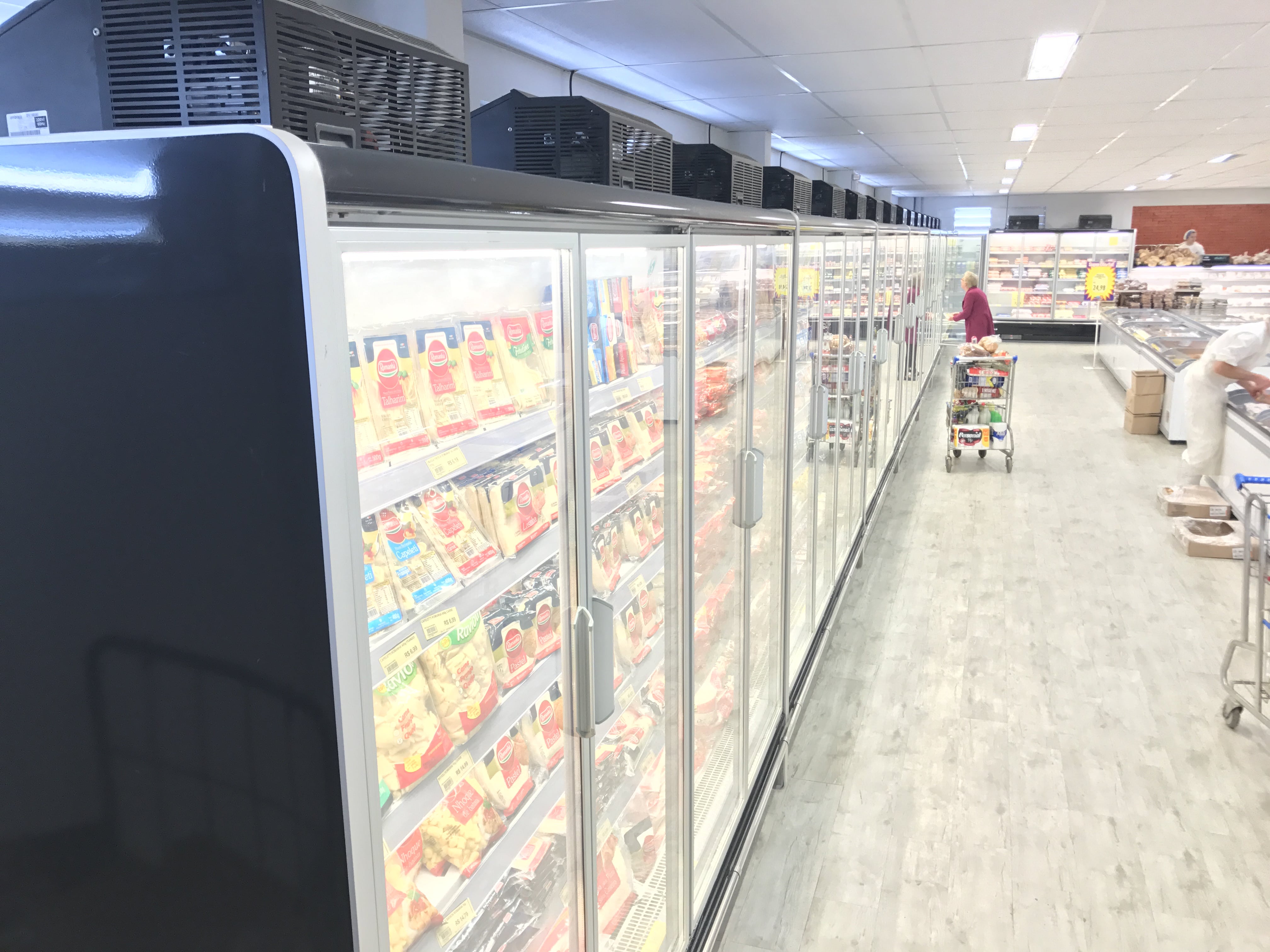How refrigeration has been incorporating its resources
This is the third article in the series on electrical components. In previous editions, their use in domestic and commercial refrigeration was addressed (if you haven’t seen these articles, visit the Club’s website). We explained in detail the use of starting devices (the various types of relays), capacitors (starting and running) and thermal protectors. Now in this article the focus is on electronic applications in refrigeration.
The topic is very important for everyone who works in the industry, because the application of electronic resources in domestic and commercial refrigeration equipment is growing rapidly.
Before the release of variable speed compressors (Embraco Fullmotion), just over a decade ago, electronic components were already in use. But it was only after these compressors started arriving in the market that there was a big boost for their use.
These compressor models use a technology which is based on an electronic device. It’s the frequency inverter, which is able to measure changes in temperature and adjust the compressor’s operation and speed to the refrigeration system’s needs where it’s being used.
Before addressing the inverter, it’s important to highlight an advanced starting device used in very high efficiency conventional compressors (on/off type): the TSD.
In previous editions, we described other starting devices, which don’t use electronic resources.
Now is the time to address the TSD, which functions similar to a PTC type relay, but has electronic control.
The TSD name comes from Time Starting Device. It’s an extremely rugged device and attends a wide range of R134a and R600a compressors, intended for household applications.
Since it has an electronic circuit, a TSD has no moving parts, not generating electromagnetic and acoustic noise.
Upon starting the compressor, the TSD device consumes no power, therefore it’s more efficient than the PTC.
Frequency inverter
The advantages brought by electronic resources such as the case of TSD use are also present – and even more clearly so – in the frequency inverter, used in Embraco Fullmotion variable speed compressors.
The inverter enables the motor speed to adjust itself to the real need of the refrigeration system. So, this speed is lower when the equipment’s internal temperature is at recommended levels and rises in times when there is cooling demand peaks.
This feature causes the compressor to consume less energy, increasing efficiency and reducing waste.
Additionally, the inverter allows the desired temperature to be reached more quickly, which is very important for most commercial refrigeration equipment. It also reduces internal temperature variations of the refrigerator, which contributes to better preservation of foods and drinks, such as wine (in the case of refrigerated wine cellars).
The compressors’ speed control mechanism by the inverter can be done in three ways:
- Drop In, where the inverter has an operation logic which evaluates current variation and automatically adjusts the speed. In this case, the increase in speed is done in steps and this type of control can be used with a common thermostat;
- Frequency, where the inverter receives a frequency signal from the thermostat that directly adjusts the compressor’s speed. This allows speed variation to be made smoothly and continuously, thereby further improving temperature control and reducing power consumption. In this case, it uses a special thermostat called a frequency thermostat.
- Serial, where the inverter receives thermostat controls and sends responses to them electronically. Besides driving compressor speed, the thermostat can also read information of its operation, such as fault status and actual speed. For this control mode an electronic thermostat designed to use the inverter communication protocol is needed.
It should be emphasized that there are Embraco Fullmotion compressor models for application in both domestic as well as commercial refrigeration, and that in all cases, the frequency inverter is present. In other words, there is no variable speed compressor without an inverter.
In all these models, operation is similar: they receive power from the grid in the form of a single-phase alternating current and transform it into continuous three-phase current, which allows them to work more efficiently.
Important: when necessary to replace the inverter, it’s indispensable to know the label code. See on the image where the code is located.
More detailed information and technical specifications of the inverter can be found in the manual of this component, which is available on the Club’s website.



